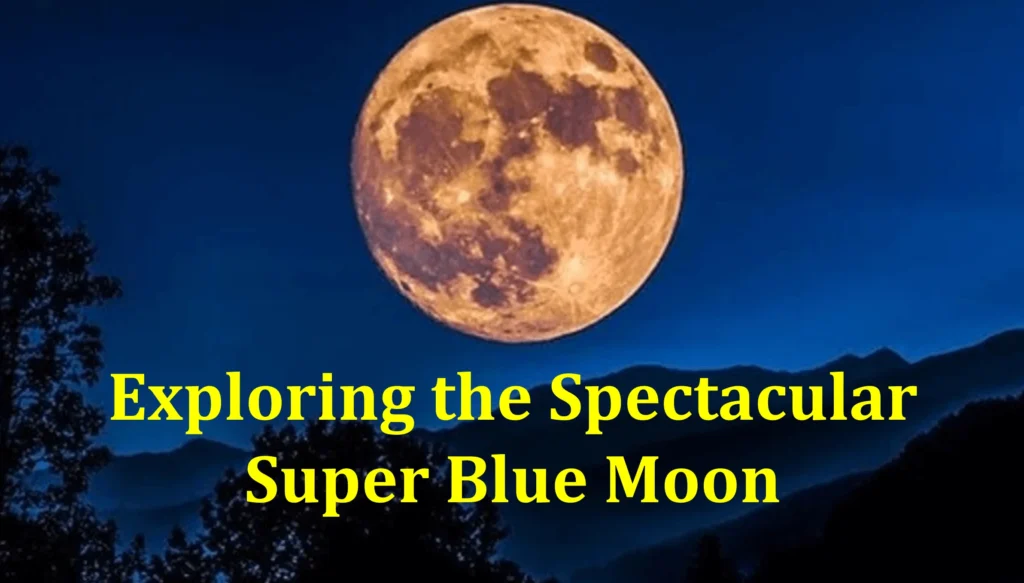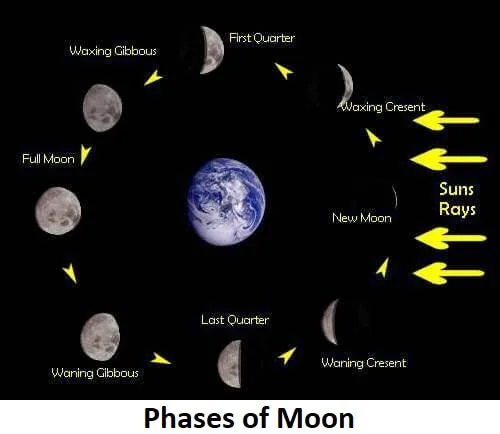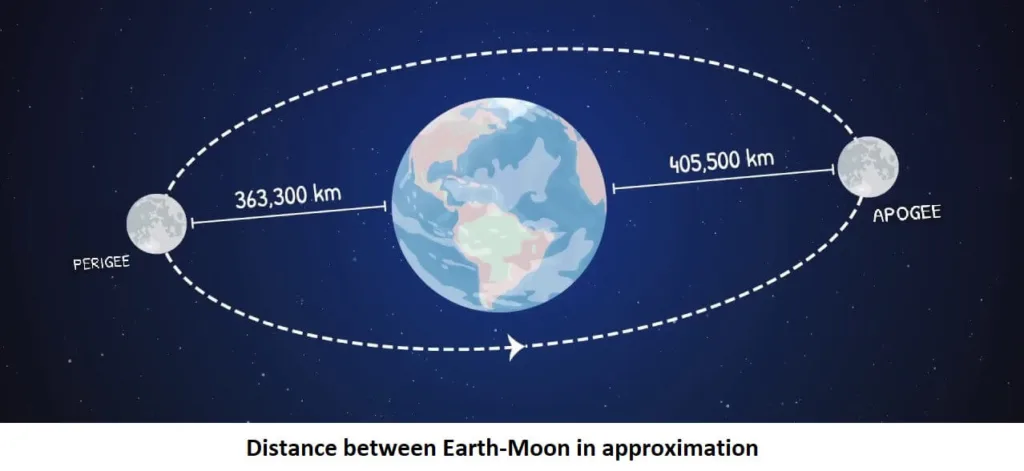
The night sky is about to present for us a celestial spectacle that we all cannot afford to miss. After the successful landing of Chandrayaan-3, once again the Moon is going to be the center of attraction. On Wednesday, August 30, coinciding with the joyous occasion of Raksha Bandhan, the Super Blue Moon will grace our skies. Get ready to be amazed by a remarkable lunar spectacle! On August 30, a special moon will light up the night sky. One of the year’s most brilliant and conspicuous moons is predicted to occur.
Understanding the Blue Moon Mysteries
Let’s clear up a frequent mistake first before we continue. When we refer to a “Blue Moon,” we don’t mean that the moon will actually turn blue. The phrase has a very different connotation. It has more to do with time than with color. Instead, since the 1940s, it’s been used to describe the second full moon that occurs within a single calendar month. In this ongoing month we had a full moon on 1st August and the second is on 30th August. Therefore, the upcoming full moon on Wednesday earns the title of a Blue Moon, as it marks the second full moon of August. Just like the first full moon of August, known as the Sturgeon Moon on August 1, this Blue Moon will also be a supermoon. This means that it will appear slightly larger in the sky due to its closer proximity to Earth.
The Super Blue Moon’s Grand Entrance
The Super Blue Moon is scheduled to rise around 7:10 p.m. EDT (2310 GMT) on Wednesday when the sun sets. In Indian Standard Time (IST), this translates to a stunning 4:40 a.m. on Thursday. However, the peak of its brilliance is yet to come. The precise moment of full moon occurs when it’s directly opposite the sun, creating a perfect 180-degree alignment with our star. NASA informs us that this alignment will take place at 9:36 p.m. EDT on Wednesday, August 30 (or 03:36 on August 31, in IST). During this time, the Super Blue Moon will grace the constellation of Aquarius. The moon will then elegantly bid farewell on Thursday, just moments before the sun rises.
Unraveling the Blue Moon Mystery
While a Blue Moon is typically recognized as the second full moon within a calendar month, it is technically defined as the third full moon within a season featuring four full moons. With around 12.4 full moons annually, every 2.8 years sees the occurrence of 13 full moons within a 12-month period.

Consequently, one month must house two full moons, leading to the phenomenon of a Blue Moon. This year’s Blue Moon at the end of August follows the Full Sturgeon Moon that illuminated the start of the month. However, it’s important to note that not all Blue Moons possess the supermoon status that the August 30 full moon enjoys.
Unveiling the Secrets of Supermoons
The allure of a supermoon lies in its proximity to Earth. The moon’s elliptical orbit, akin to a flattened circle or an oval, means it comes closer to us at times (perigee) and ventures farther away (apogee). The distance between Earth and the moon fluctuates between approximately 363,300 kilometers and 405,500 km, a variance of around 14%. While a supermoon might display a slightly larger and brighter appearance, this distinction is often imperceptible to most viewers, barring seasoned sky watchers.

Marking the Calendar for Future Celestial Delights
Curious about the next Super Blue Moon? These events are rare occurrences, with intervals as long as 20 years or as short as 10 years. Following the Super Blue Moon on August 30, 2023, the upcoming ones are predicted for January 2037 and March 2037, as per NASA’s calculations.
Anticipating More Supermoon Splendor
Although not a Super Blue Moon, sky enthusiasts have another treat in store for 2023. The Full Corn Moon of September 29 will be the fourth consecutive supermoon of the year, concluding the series for this year. Looking forward, the next supermoon is slated for September 18, 2024, followed closely by another on October 17, 2024. If you want to see the Super Blue Moon up close, I will suggest you use good telescopes and binoculars. So, let’s wait and watch the brilliance of moon tonight and do leave comments about your experience.
